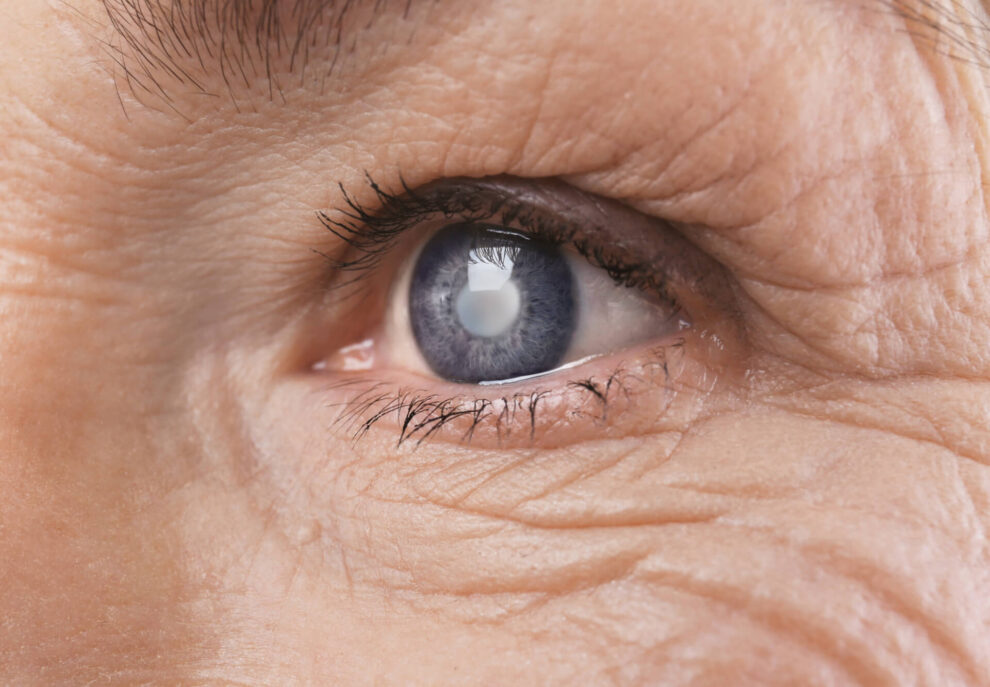Posted by: Kentucky Eye Institute in Cataracts

Nearly 60% of people over the age of 60 have cataracts. More than 50% of elderly people over the age of 80 will have cataracts. It’s possible, that if you are within this age range, you will be facing cataract surgery to repair your clouding vision.
You don’t need to be afraid. Cataract surgery is a simple procedure performed with local anesthesia. These procedures usually take less than an hour to complete, and within a few days, you will be able to get back to normal.
Continue reading to learn the dos and don’ts of getting cataract surgery.
What Are Cataracts?
The health condition known as cataracts in the eye causes the lens to become cloudy. A person with cataracts sees a fogged-up or frosty layer across the vision. Other cataract symptoms might include blurred vision, sensitivity to light, prescription changes, and double vision.
This condition usually begins to develop in your 40s but isn’t usually noticed until you’re in your 60s. Cataracts generally worsen over time. Cataracts can be caused by birth defects, smoking tobacco, air pollution, heavy alcohol use, and even family history. In some cases, the catalyst in the development of cataracts can be diabetes, steroids, radiation, eye injury, or eye surgery.
An ophthalmologist will go over your medical history and perform several tests before diagnosing you with cataracts. During the comprehensive examination of the eyes, your ophthalmologist will dilate the eyes and check for any problems.
To treat cataracts, your doctor may recommend getting a new eyeglass prescription. However, cataracts worsen over time. Eventually, your ophthalmologist will recommend getting surgery done to relieve the symptoms of having cataracts.
What Is Cataract Surgery?
Cataract surgery is an option to replace the cloudy lens with a clear, artificial lens which allows for the individual to have cleared vision once again. It’s a relatively common procedure performed by ophthalmologists.
The artificial lens that is replaced within the eye is known as an intraocular lens (IOL). The IOL helps light to focus on the back of the eye. There are four types of IOL available, including the fixed-focus monofocal, the accommodating-focus monofocal, the multifocal, and the astigmatism correction (toric).
Two types of procedures may be performed to remove the affected lens: phacoemulsification cataract surgery and extracapsular cataract surgery. The type of procedure that your doctor decides on will depend on the condition of your eye and how the cataract will react to the procedure.
In phacoemulsification, the cataract lens is safely broken up and removed from the eye. The artificial lens is then placed where the cloudy lens was. The extracapsular procedure involves removing the lens whole and then replacing it.
Some Dos: Things to Do
Here are some things that you can do after cataract surgery to promote healing to get back to normal. Make sure you attend your pre-operation appointment. At this appointment, you will learn a ton of valuable information about your cataracts and the impending surgery.
When you arrive at your surgery appointment, you will want to have someone with you so that they can drive you home. Avoid going outside without some sort of protective eyewear or sunglasses so that you don’t damage your eyes as they are healing.
After your surgery, you may be prescribed some eye drops to prevent infection and reduce inflammation. Make sure you take them as prescribed. Don’t miss a dosage. You may need to use these eye drops for several weeks following the procedure.
Be aware of the possibility of broken capillaries in the eyes and bruising around the eye due to the surgery. This is a completely normal part of the healing process.
The number one thing that you should do following eye surgery is rest. This is the main thing that will help to promote healing and get you feeling better, faster. Feel free, however, to resume your daily activities when you feel okay to do so.
Some Don’ts: Things to Avoid
Here are some things that you may want to avoid before and after cataract surgery to ensure that you heal properly. Avoiding eating and drinking before your surgery. Don’t wear makeup to the surgery appointment, and avoid wearing makeup until your ophthalmologist allows it so that you can better prevent infection.
Avoid getting irritants in your eyes. You will also want to avoid swimming in pools and soaking in hot tubs while your eyes are healing. Water, dust, and pollen can interrupt the healing process and promote infection. Don’t rub your eyes. This increases your chances of inflammation and infection in your healing eyes.
Avoid bending over too much because it can increase the pressure in your eyes. This isn’t good for healing. You must try not to overdo it too soon. Don’t rush yourself. Only get back into your normal routine when you are ready. Don’t be too alarmed about wavy or blurry vision. This is relatively normal because your eyes are adjusting to the changes in your vision.
While some symptoms are normal following this type of procedure, sudden vision loss, light flashes, floaters in the line of vision, and excessive redness are not normal when healing should be well underway. If problems persist, don’t hesitate to call your eye doctor.
Cataract Surgery in Lexington
If you’ve been considering having cataract surgery done to improve your vision, you need to give your body what it needs to heal faster. These dos and don’ts will help your eyes start feeling better. The sooner you heal, the sooner you can reap the benefits of having improved vision now that the cataracts are gone.
Contact the Kentucky Eye Institute today for more information. We can give you more information on cataract surgery. We can schedule a consultation appointment to see how we can make your vision better for you.
